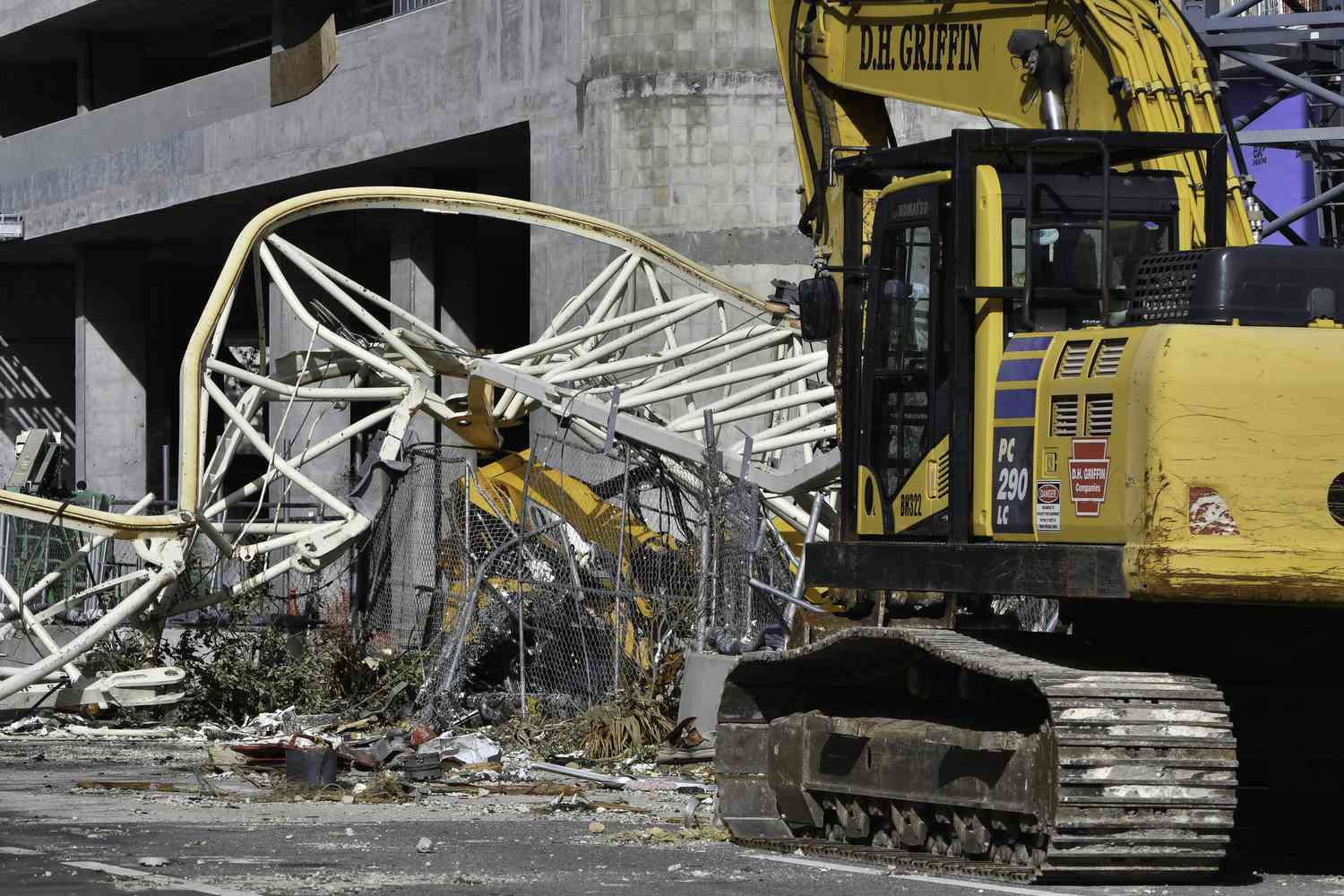
#Hurricanes #Stifled #Job #Creation #October
Key takeaways
- The US economy added just 12,000 jobs in October, the fewest in more than three years, as hurricanes and strikes temporarily suppressed employment.
- Putting aside the statistical noise from hurricanes, job creation is likely strong, but slowing, one economist said.
- Slowing job growth puts more pressure on the Federal Reserve to lower its benchmark interest rate, which could reduce borrowing costs on all types of loans.
Hurricanes Helen and Milton wreaked havoc on the US economy in October, pushing job creation to its lowest level in more than three years.
U.S. employers added 12,000 jobs in October, down from 223,000 jobs in September, the fewest since December 2020, the Bureau of Labor Statistics reported Friday. This was well below the 110,000 jobs forecasters had expected, according to a survey of economists conducted by the World Health Organization. Dow Jones Newswires and The Wall Street Journal. The unemployment rate stabilized at 4.1%, which is not a high level by historical standards.
However, the massive slowdown in jobs likely says little about the health of the economy. Economists had expected the storms in late September and October, as well as the Boeing strike, to wreak havoc on job creation statistics because they caused many people to be temporarily thrown out of their jobs. The office said in its monthly press release that it was unable to conclusively determine the extent of hurricanes’ impact on statistics.
The hurricanes and strike likely cut 40,000 jobs each, meaning underlying job growth was likely “slower but still reasonable,” Justin Wolfers, an economics professor at the University of Michigan, estimated in a post on the social media platform X.
Beneath the statistical noise caused by the hurricanes, there were signs that the job market was actually slowing down. Job growth numbers for September and August were revised down by 112,000 jobs, making them much weaker than previously thought.
What does the jobs report mean for the Fed?
Signs of a jobs slowdown are of particular interest to Federal Reserve officials, who meet next week to set the central bank’s federal funds rate, which affects borrowing costs on all types of loans.
Federal Reserve officials cut interest rates from their highest level in two decades at their last meeting in September, seeking to boost the economy and prevent a sharp rise in unemployment. Slowing job growth could put pressure on the Federal Reserve to cut interest rates further in the coming months.
Financial markets widely expect the Fed to cut 0.25 percentage points from interest rates next week.
Correction, November 1, 2024: An earlier version of this story misstated the amount financial markets expect the Fed to cut. It’s 0.25 percentage points.
#Hurricanes #Stifled #Job #Creation #October




